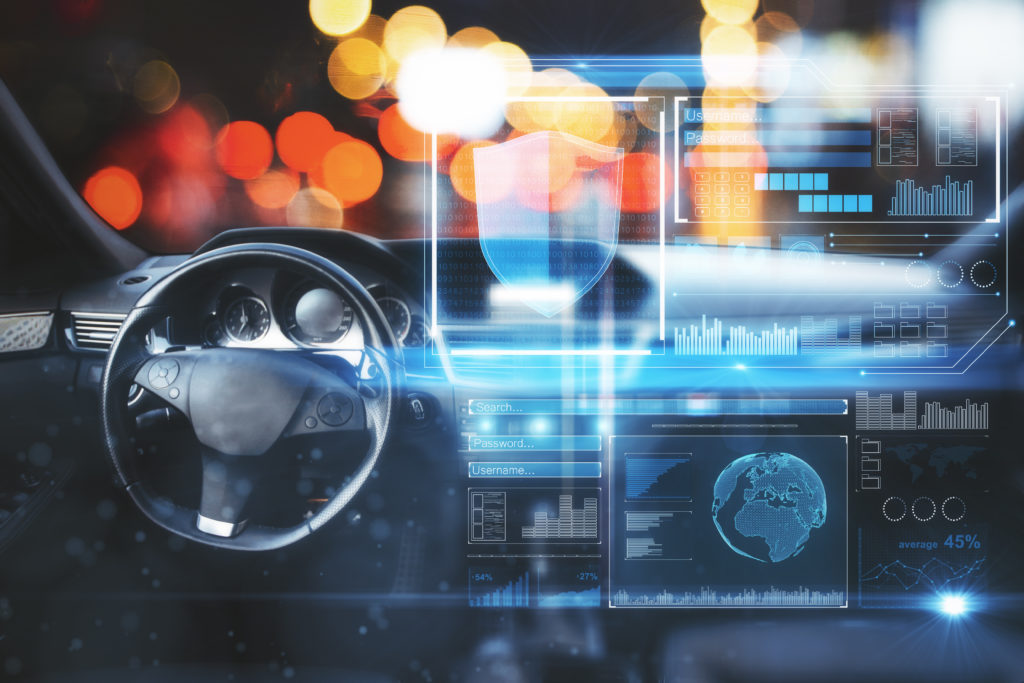
Less than a week after the Department of Transportation released its updated autonomous vehicle technology guidelines–AV 4.0–the American Transportation Research Institute has published new research highlighting a need to implement an actual comprehensive policy for AV tech in the trucking industry.
The research is titled “Redefining the Role of Government Activities in Automated Trucking” and outlines the government’s lack of structure regarding the industry’s application of autonomous driving technologies, even with AV 4.0 in place.
DOT’s update aims to redefine regulations regarding all self-driving tech and to find legislative needs that will allow for an easy transition of more autonomous vehicles entering the roadways. AV 4.0 has three underlying focuses–prioritizing safety, promoting innovation, and ensuring consistent regulation.
Currently, the guidelines consist of a set of principles that would reach 38 different federal departments and agencies. DOT says it will specify steps that both state and local governments can take to further AV development.
DOT also says AV 4.0 will push for country-wide guidelines as opposed to “voluntary guidance.” However, how exactly that will take place has yet to be explained.
ATRI finds that with so many state and federal statutes being drafted in order to create substantial rules, country-wide autonomous truck regulation will be difficult.
Congress has not yet enacted a federal law governing AV tech development for trucks. As of now, 37 states in addition to the District of Columbia have issued either executive orders or new legislation regarding AV technology: eight states only authorize testing, 11 states and D.C. allow full deployment, and many other cities are planning to implement their own AV regulations.
“Our industry needs states to collaborate on seamless policies and regulations,” said ATA’s Automated Truck Subcommittee Chair, Jeff Reed. “We need more proactive federal guidance on [autonomous truck] development. Government activities at all levels must be dynamic enough to address the constantly evolving technology landscape.”
ATRI’s analysis pushes the Department of Transportation to create legislation clearly defining AV practices for states and municipalities. With at least 50 cities running or planning AV technology pilot tech–heavily focusing on passenger vehicle operations–the DOT has still been hands-off.
The agency also assesses that real-world implementation of AVs will be nearly impossible if rules call for constant control of vehicles by both drivers and onboard engineers. Additionally, DOT’s plans will create further difficulties when drivers begin applying for licenses with autonomous vehicle exemption because testing requirements will vary from state to state, although endorsement is established on a federal level.
“Right now, I don’t believe that we have a solution in place,” said Dan Murray, Senior Vice President of ATRI. “I don’t believe we have the blueprint we need in place, even with the latest U.S. DOT action.”
Because of this, ATRI’s analysis calls the guidelines an “incomplete patchwork” of state regulations, which could hurt the overall development of the technology throughout the trucking industry.
The research also explains that the tech could possibly only come to regular use at a regional level, as it would pigeonhole the potential for establishing autonomous driving into local operations “in locations with favorable regulatory frameworks.”
It also stresses that working with multiple regulations of the same technology would be difficult for many truckers.
According to Murray, the progression of self-driving innovations will become increasingly challenging for the trucking industry if its employees have to make various adjustments when traveling between different states.
“We don’t want the tail wagging the dog when it comes to any aspect of interstate commerce and trucking,” he said.
Autonomous technology viability is clearly almost impossible to sustain right now–a common standard is vital. Although states should ensure safety, federal officials are needed in order to help avoid policies that would delay testing or deployment of these technologies, which may be able to improve safety across the entire industry.
ATRI’s research shows that a standardized framework would allow public confidence to grow regarding self-driving vehicles. Law enforcement would more easily be able to perform inspections on these vehicles–and technicians would be able to perform regular maintenance on them–with technical standards in place.
“It has to come from [the national level],” said Murray. “Local jurisdictions, by definition, don’t have the big picture. We really need the U.S. DOT to come in full-bore and provide not just guidance, but possibly regulations, national policy, and maybe even tie funding to it.”




